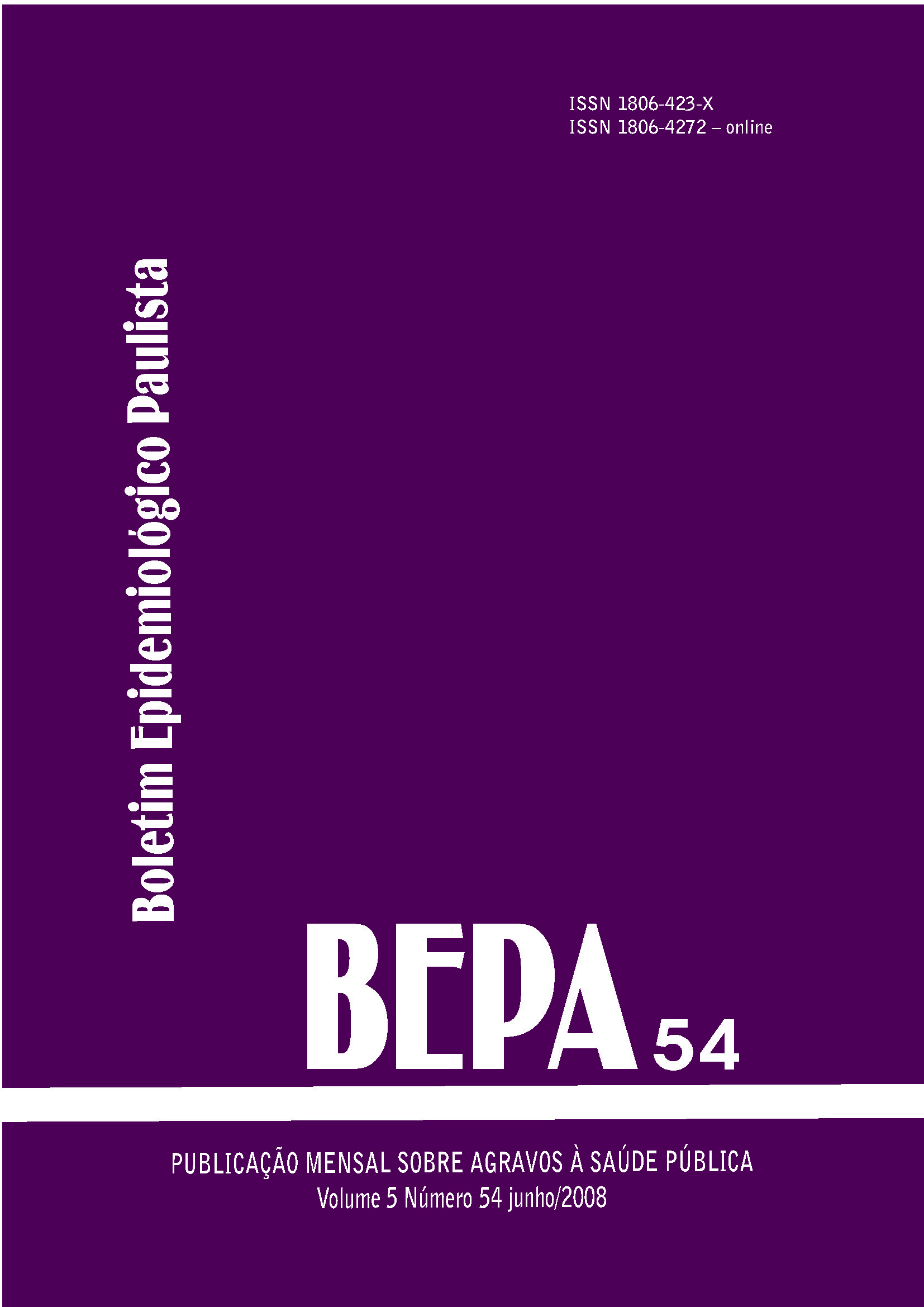Abstract
Hair-straightening products are subjected by the Brazilian enforced law to obligatory registration, as they contain irritating substances in their composition. Straightening is classified as either a commercial or a professional product according to the maximum rates allowed by Brazilian legislation. With the growing occurrence of products containing actives above legal limit, as well as the inadequate use of substances, the present work aimed to communicate the primary problems found in the samples analyzed in the Adolfo Lutz Institute between 2003 and 2007 concerning the active principle rate compared with the enforced law and the adverse effects reported by consumers. Thirty-eight hair-straightening samples of different trade marks with different actives, collected by Sanitary Inspection, PROCON and Criminology Institute, were tested, whereof 20 (52.63%) either surpassed actives maximum legal limit or contained excessive formaldehyde rates, the formaldehyde in cosmetics is only permitted as a conserver or in nail-hardening products.
References
Agência Nacional de Vigilância Sanitária – Anvisa. Ministério da Saúde – MS. Guia de controle de qualidade de produtos cosméticos. Uma abordagem sobre os ensaios químicos e físicos [guia na internet]. Brasília: Anvisa/MS; 2007. Disponível em http://www.anvisa.gov.br/cosmeticos/material/guia_cosmetico.pdf.
Santa Bárbara MC, Miyamaru LL, Lichitig J. Determinação de basicidade
em produtos alisantes de cabelos contendo guanidina e hidróxido de cálcio em sua formulação. Instituto Adolfo Lutz. 2007;66(2):176-80.
Valcinir B. Escova progressiva e alisamentos. Cosmetics & Toiletries. 2008;20(2):36.
Draelos ZD. Xampus. In: Draelos ZD, editor. Cosméticos em Dermatologia. 2ª ed. Rio de Janeiro: Revinter; 1999. p.214-5.
Callender VD, McMichael, Cohen GF. Medical and surgical therapies for in black women. Dermatl Ther. 2004;17(2):164-76.
Brasil. Ministério da Saúde. Agência Nacional de Vigilância Sanitária. Resolução RDC n. 211, 14 de julho de 2005. Define e classifica os produtos de higiene pessoal, cosméticos e perfumes em seu grau de risco. Diário Oficial [da] República Federativa do Brasil. Poder Executivo, Brasília, DF, 18 jul. 2005. Seção 1, p.58-60.
Brasil. Ministério da Saúde. Agência Nacional de Vigilância Sanitária – Anvisa. Resolução RDC n. 215, de 26 de julho de 2005. Estabelece a lista de substâncias que os produtos de higiene pessoal, cosméticos e perfumes não devem conter, excetonas condições e com as restrições estabelecidas. Diário Oficial [da] República Federativa do Brasil. Poder Executivo, Brasília, DF, 26 jul 2005. Seção 1, p.22-7.
Brasil. Ministério da Saúde. Agência Nacional de Vigilância Sanitária – Anvisa. Resolução RDC n. 162, de 11 de setembro de 2001. Estabelece a lista de substâncias de ação conservante permitidas para produtos de higiene pessoal, cosméticos e perfumes. Diário Oficial [da] República Federativa do Brasil. Poder Executivo, Brasília, DF, 2 out. 2001. Seção 1.
International Agency for Research on Câncer. IARC Classification Formal to Humans. Disponível em: http://monographs.iarc.fr/ENG/classification/index.php [2004].
Lewis RJ, Tatken RL, editores. Registry of Toxic Effects of Chemical Substances. On-Line Ed. National Institute for Occupational Safety and Healt. Cincinnatt 1989.
Farmacopéia Brasileira. Parte I. 4ª ed. São Paulo: Atheneu; 1988. p.v.5.1.6-1-v.5.1.7-6.
Senzel AJ. Newburger’s Manual of Cosmetic Analysis. 2ª ed. Washington (D.C): AOAC; 1977.
Compendium of Cosmetic Ingredient. CTFA. Methods: The Cosmetics, Toiletry and Fragrance Association. Wasghington; 1991.
Soffritti M, Belpoggi F, Lambertini L, Lauriola M, Padovani M, Maltoni C. Results of long-term experimentall studies on the carcinogenicity of formaldehyde and acetaldehyde in rats. Annals of the New York Academy of Sciences; 2002, 982:87-105.
Vandenplas O, Fievez P, Delwiche JP, Boulanger J, Thimpont J. Persistent asthma following accidental exposure to formaldehyde. J Allergy Clin Immunol. 2004;59(1):115-6.

This work is licensed under a Creative Commons Attribution 4.0 International License.
Copyright (c) 2008 Maria C. Santa Bárbara, Lígia L. Miyamaru L. Miyamaru
